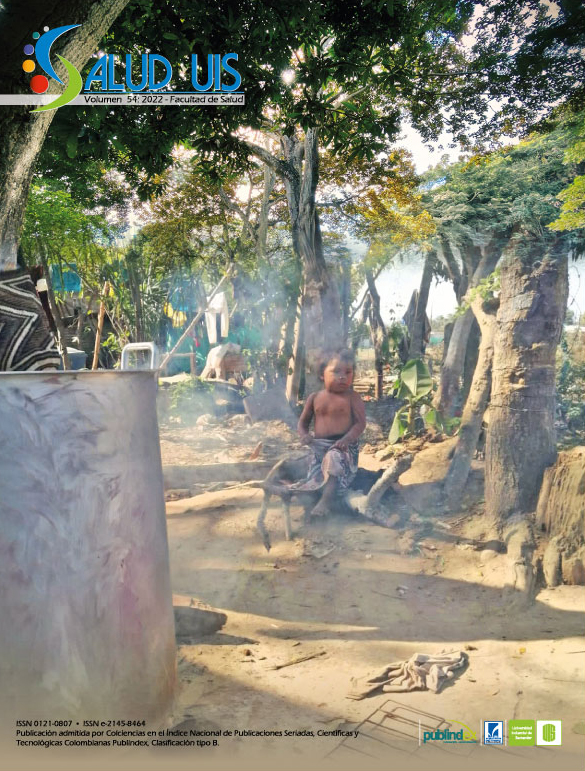References
Lynteris C. The epidemiologist as culture hero: visualizing humanity in the age of “the next pandemic”. Visual Anthropol 2016; 29: 36-53. doi: http://10.1080/08949468.2016.1108823
Wagner-Egger P, Bangerter A, Gilles I, Green E, Rigaud D, Krings F, et al. Lay perceptions of collectives at the outbreak of the H1N1 epidemic: heroes, villains and victims. Public Understanding Sci. 2011; 20(4): 461–476. doi: https://10.1177/0963662510393605
Capurro G, Jardine CG, Tustin J, Driedger M. Moral panic about “covidiots” in Canadian newspaper coverage of COVID-19. PLoS One. 2022; 17(1): e0261942. doi: http://10.1371/journal.pone.0261942
Skog F, Lundström R. Heroes, victims, and villains in news media narratives about COVID-19. Analysing moralising discourse in Swedish newspaper reporting during the spring of 2020. Soc Sci Med. 2022; 294: 114718. doi: http://10.1016/j.socscimed.2022.114718
Davenport T. When data science met epidemiology. Forbes May 21, 2021; https://www.forbes.com/sites/tomdavenport/2021/05/21/when-data-science-met-epidemiology/?sh=a28012e72c00
Idrovo AJ, Fernández-Niño JA, Bojórquez-Chapela I, Ruiz-Rodríguez M, Agudelo CA, Pacheco OE, et al. Percepción de competencias en epidemiología en México y Colombia durante la epidemia de influenza A (H1N1) entre estudiantes de salud pública. Rev Panam Salud Publica. 2011; 30(4): 361–369. https://iris.paho.org/handle/10665.2/9511
Khoury L, Klein A, Couture-Ménard ME, Hammond K. Governments’ accountability for Canada’s pandemic response. J Public Health Policy. 2022; 1-12. doi: https://link.springer.com/article/10.1057/s41271-022-00350-0
Rodríguez-Villamizar LA, Torres-Prieto A, Martínez-Vega RA, Vera-Cala LM. Epidemia por COVID-19 en Santander 2020: análisis epidemiológico desde un enfoque territorial por provincias. Salud UIS. 2021; e21040. doi: https://doi.org/10.18273/saluduis.53.e:21040

This work is licensed under a Creative Commons Attribution 4.0 International License.
Copyright (c) 2022 Álvaro J. Idrovo
